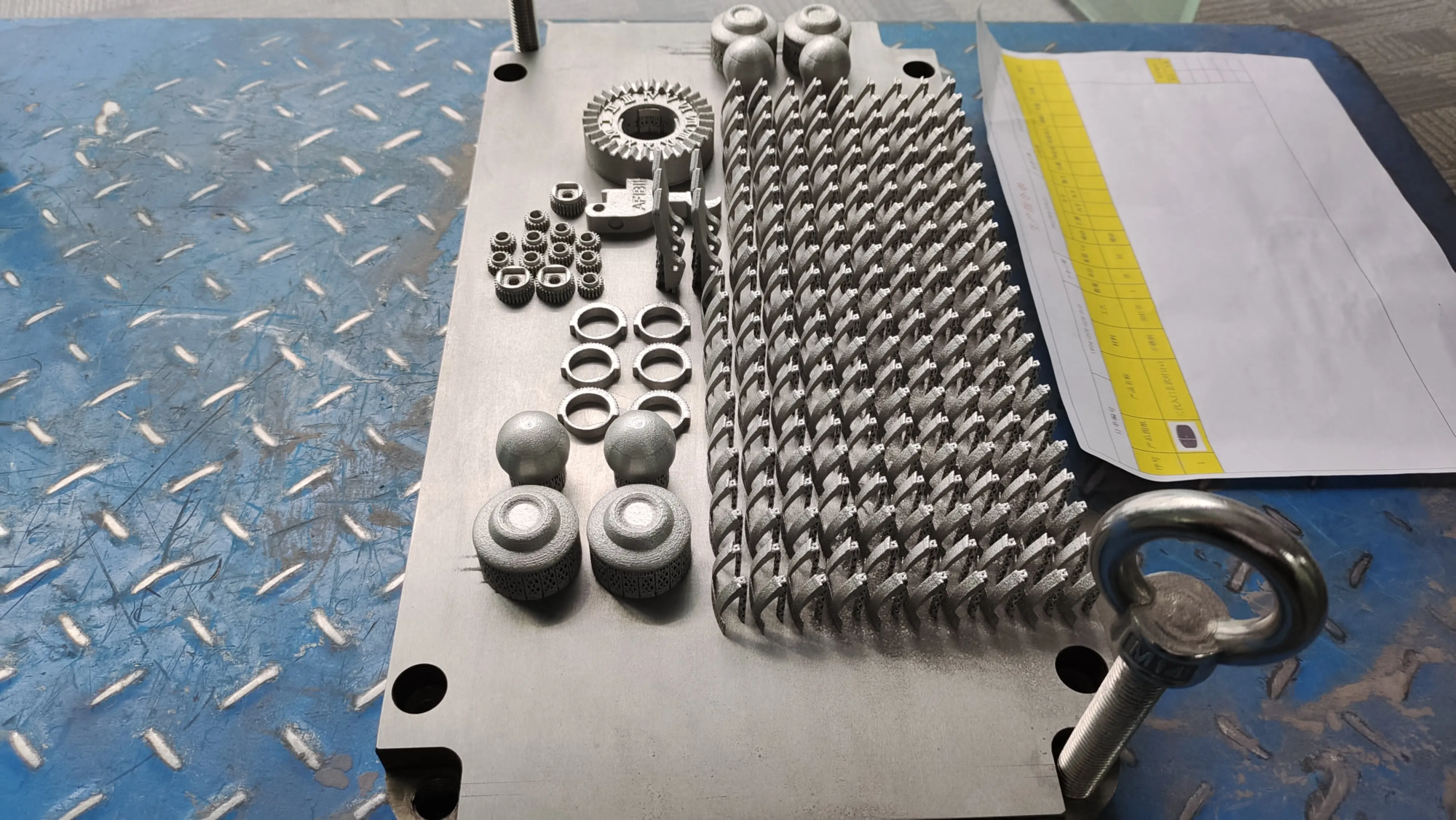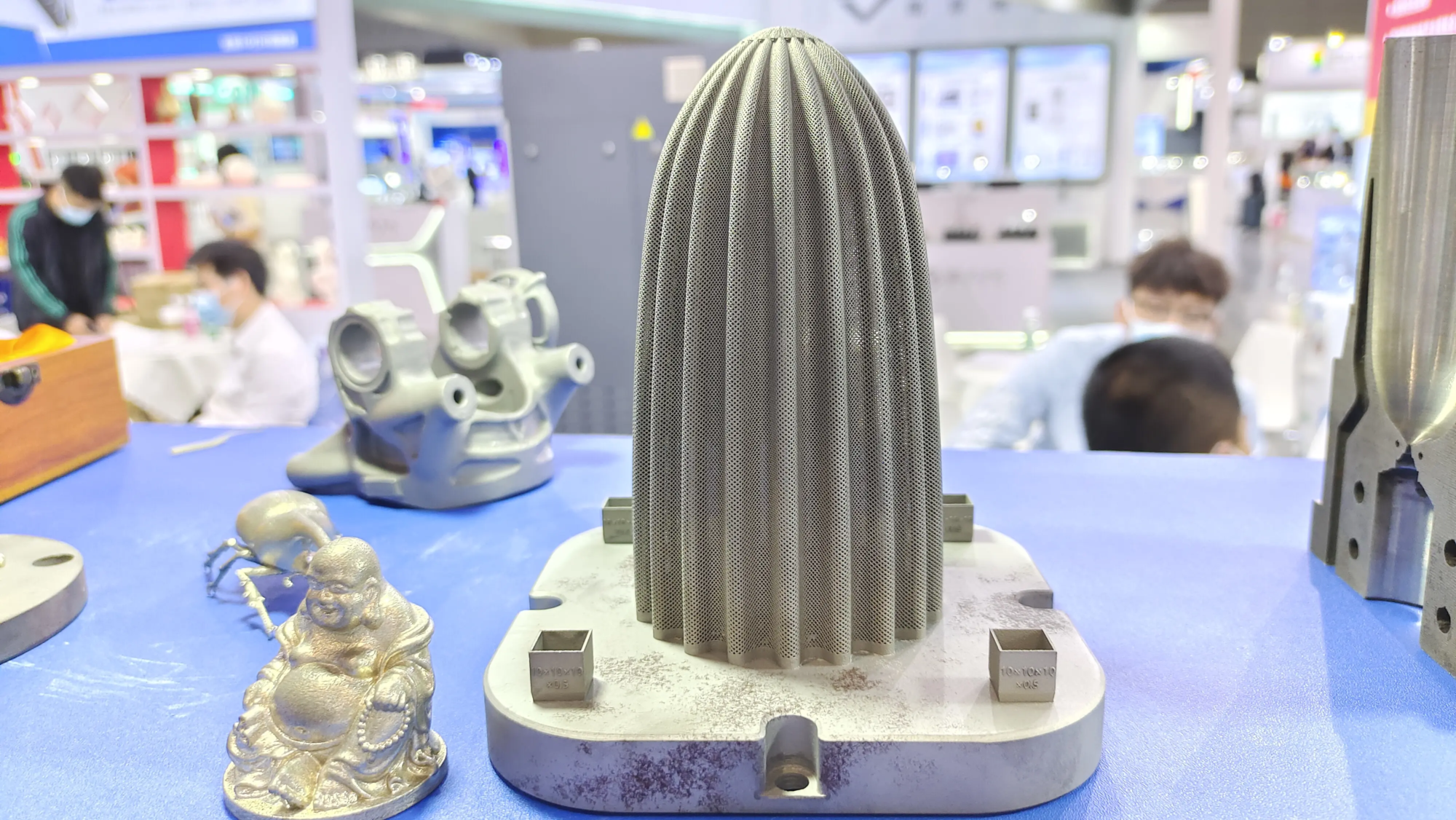Bringing the limits of materials, 3D printing is no longer limited to plastic and metal, and glass can do it too.
Recently, the Lincoln Laboratory of MIT announced that they had managed to develop 3D printing technology at low innovative temperature. This technology does not require traditional high -temperature sintering processes, considerably reduces the treatment threshold, improves the compatibility of materials and widens the prospects for applying glass in key fields such as high temperature electronics and microfluidic systems.
The heart of this technology lies in a process of “direct writing of direct ink” designed by precision, associated with special multi-material ink. This ink is composed of inorganic composite glass material, with structural resistance, thermal stability and chemical inertia, and is a multifunctional material system difficult to perform in traditional glass treatment.
It is particularly essential that this method completely abandons the sintering process which requires more than 1000 ° C. The glass structure can be formed by simply hardening at 250 ° C to an oil bath at low temperature, which considerably simplifies the manufacturing process and reduces the overall cost.
The ink formula is the fundamental basis of this technological breakthrough. The research team used common silicate solutions, metal oxides and functional ceramic nanoparticles to prepare them in high concentration suspensions with good printability. At room temperature, these inks can be extruded with high precision by DIW process. Once the structure is printed, there is no need to place a high temperature furnace. It only has to be solidified in a 250 ° C mineral oil bath, then eliminate the residue with organic solvents to obtain a dense and pure inorganic silica structure.
Experiences have proven that glass components printed by this technology have an extremely low withdrawal, extremely high geometric fidelity and excellent thermal stability. In high -temperature environments, components can always maintain good structural integrity and precise detailed performance, laying technical bases for high -end applications such as free surface optical components, compact microfluidic chips and high temperature electronic devices.





